
Every economy thrives on the trust its people have in the currency they use. Trust that the R50 or R100 note you hand over at the counter, or the coins you drop into a vending machine, hold genuine value. When that trust falters, so does the very backbone of a nation’s economic well-being. Hence, the ability to distinguish between genuine and counterfeit money has a weight that’s far beyond the paper or metal they’re crafted from.
Key Takeaways
- Understanding Authenticity: Recognizing genuine banknotes and coins is crucial to maintaining trust in South Africa’s economic system. Familiarize yourself with the various security features present in the Rand.
- Community Vigilance: The strength of South Africa’s defense against counterfeit money lies in collective action. With each citizen and stakeholder playing their part, from reporting suspicious notes to staying informed, the community stands as a unified front against counterfeit operations.
- Economic Implications: Counterfeit currency doesn’t just affect individuals; it has broader economic ramifications, from eroding public trust to potentially fueling inflation.
- Legal Consequences: Unintentionally circulating counterfeit money can lead to scrutiny, while intentional creation or distribution is a serious crime. Always report suspected counterfeit currency.
Counterfeit Notes
Under section 14 of the SARB Act, only the SARB can issue banknotes and coins in South Africa. Reproducing banknote images – even for artistic or advertising purposes – is strictly prohibited.
Counterfeit currency refers to imitation notes or coins produced without the SARB’s legal approval. Creating or possessing counterfeit currency is a crime.
By law, counterfeit notes in circulation cannot be exchanged for cash, as they hold no value. To verify a banknote’s authenticity, use the Look, Feel, and Tilt method.
The SARB, South African Police Service, and commercial banks collaborate to combat currency counterfeiting. If you find counterfeit banknotes or coins, report them immediately to your nearest police station.
Look Features
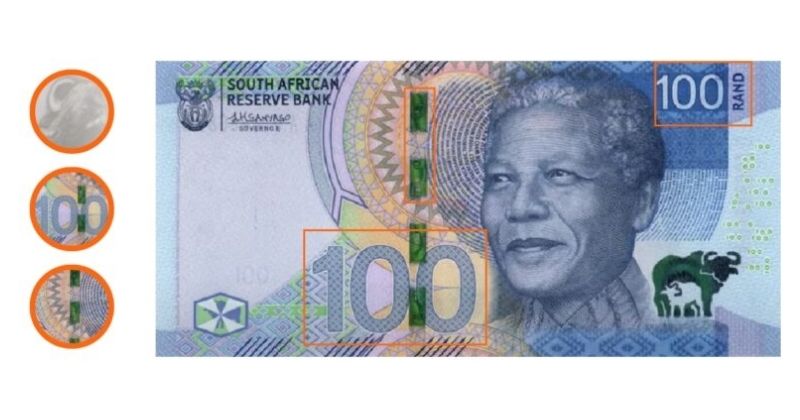
Security Thread: The security thread is a shiny strip on the front of the banknote. When held up to the light, it appears as a continuous solid line. The words “SARB”, “Rand”, the denomination, and the South African coat of arms are visible on this strip.
Watermarks: The watermarks now feature a higher level of tonality. When you hold the banknotes up to the light, you’ll see a shadow image of the animal unique to each denomination.
Denomination Numeral: The denomination numeral appears on both the front and back of all denominations, printed in both positive and negative text. These numerals help visually impaired and partially sighted individuals authenticate the banknotes.
Feel Features
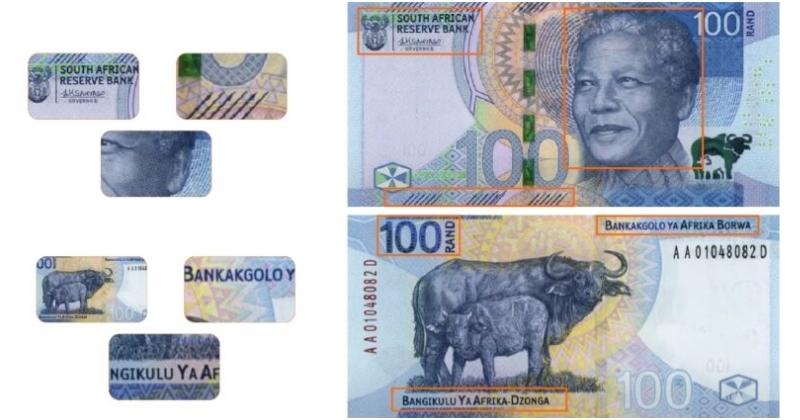
Tactile Marks: The tactile marks on South African banknotes have been enhanced to help blind and partially sighted individuals distinguish between different denominations. On the R10 and R20 notes, these tactile marks are located on the short edge. For the R50, R100, and R200 notes, the marks are placed on the long edge. The number of gaps between the sets of tactile marks indicates the denomination: R10 has one gap, R20 has two gaps (on the short edge), R50 has one gap, R100 has two gaps, and R200 has three gaps (on the long edge).
Coat of Arms: The front of the banknotes features several elements in raised print: the Coat of Arms, the words “South African Reserve Bank,” the Governor’s name and signature, the main portrait, and the denomination numeral.
Back of the Banknotes: On the back of the banknotes, the words “South African Reserve Bank” in two of the 11 official languages, the denomination numeral, and the Big 5 animals are all in raised print.
Tilt Features
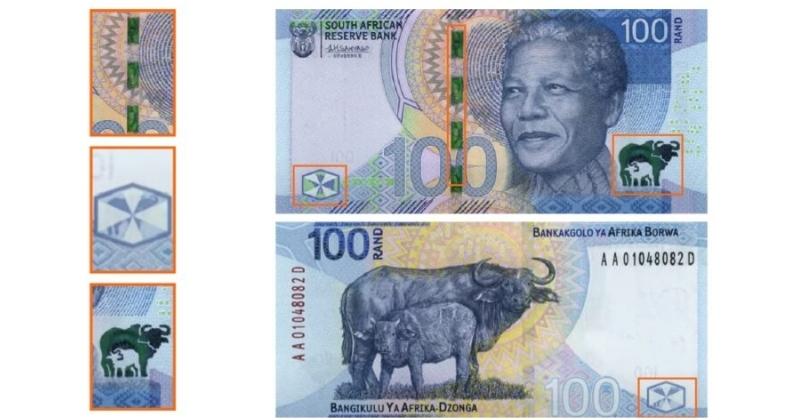
SPARK®Live Truspin: The SPARK®Live Truspin is a color-changing ink with a spin circle feature, located within the Big 5 animal on the bottom right of the banknote. By adjusting the angle of the banknote, you can see the circle rotate and change its colour.
Security Thread: The security thread features dynamic movement and matches the color change of the SPARK®Live Truspin when the banknote is tilted. On the security thread, you’ll find the ‘SARB’ abbreviation, the denomination numeral, and the unique Big 5 animal corresponding to each denomination. Previously, it reflected the Coat of Arms, SARB, and the denomination numeral. When the banknote is held up to the light, the security thread appears as a continuous solid dark line.
As South Africa faces potential economic challenges, the strength of the Rand remains a critical factor. Explore whether 2024 could be the year the Rand regains its strength in our detailed guide.
The Essence of Identifying Counterfeit Notes and Coins
Money talks. It’s a universal truth. But when that money is fake, it can cause individuals to suffer, businesses to bleed, and economies to wobble. Distinguishing between what’s genuine and what’s not isn’t just about avoiding being scammed out of a few Rands. It’s about safeguarding the economic balance of the nation. Every counterfeit note or coin in circulation chips away at the stability of the currency. It’s like a tiny leak in a ship – harmless initially, but with the potential to sink the entire vessel over time. Armed with knowledge and awareness, you become a barrier against this economic erosion, and the value of that cannot be overstated.
Prevalence of Counterfeit Money in South Africa
South Africa, with its rich history and vibrant economy, unfortunately, isn’t immune to the shadows of counterfeiting. Recent years have seen an alarming spike in counterfeit operations within the nation. The South African Police Service (SAPS) and the South African Reserve Bank (SARB) regularly release data showcasing the volume of counterfeit currency seized. While the numbers alone are startling, they represent just the tip of the iceberg. For every fake note or coin caught, many more may be silently circulating, chipping away at the public’s confidence in the Rand. Cities like Johannesburg and Cape Town have emerged as hotspots, but no region is truly safe. From plush malls to local bazaars, counterfeit Rands have made their sneaky entry. It’s a wake-up call, not just for authorities, but for every citizen. Being aware and alert isn’t a choice; it’s a necessity for every individual who participates in the South African economy.
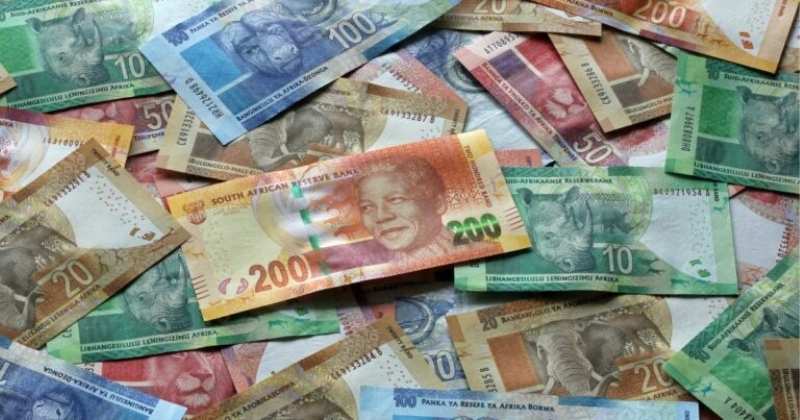
The Anatomy of Genuine South African Currency
South African banknotes are more than just paper with printed figures; they’re a testament to the nation’s legacy and identity. Every banknote, be it the Nelson Mandela series or the Big Five series, tells a story. But beyond the artistic brilliance lies meticulous craftsmanship and advanced security features. These features are what make the Rand one of the most secure currencies in the world. From unique serial numbers to intricate watermarks, each banknote is designed to be a fortress against counterfeiting.
South African Coins
Much like the banknotes, South African coins are an amalgamation of art and science. With coins representing a range of values, from the 5c piece to the R5 coin, the Reserve Bank ensures that each one is distinct not just in size and design, but also in its weight and composition. Counterfeiters might replicate the look of a coin, but duplicating its exact feel, weight, and resonance is an exponentially harder task.
Counterfeit vs. Genuine: The Basic Distinctions
The Weight of Authenticity
Hold a genuine banknote in your hand. Feel its texture, its weight. There’s a certain heft and finish to it that counterfeiters find hard to replicate. Even the most convincing fakes often get the texture wrong. Whether it’s too glossy, too rough, or just doesn’t feel right, your tactile senses are your first line of defense against fake Rands.
A Symphony of Colours
Genuine South African currency is a riot of colors. But it’s not just about aesthetics; these colors play a pivotal role in deterring counterfeiters. Genuine notes have a vibrancy and depth of color that’s achieved through a specialized printing process. Counterfeit notes, on the other hand, often get the hues wrong. The colors might bleed, be too muted, or just off in their shade.
Counterfeit money isn’t the only threat; identity theft can have equally devastating effects. Learn how to avoid identity theft and keep your personal information secure.
Advanced Security Features in Genuine Banknotes
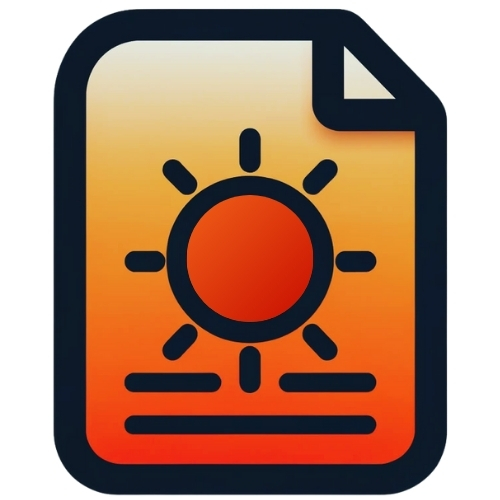
Watermarks
Holding a genuine South African banknote up to the light reveals the magic of watermarks. This subtle, yet distinct feature is one of the banknote’s primary defenses against counterfeiting. The watermark is essentially a recognizable image or pattern embedded into the paper itself, making it immensely tricky to reproduce accurately. For South African banknotes, such as those featuring the iconic Nelson Mandela, the watermark serves as an affirmation of authenticity.
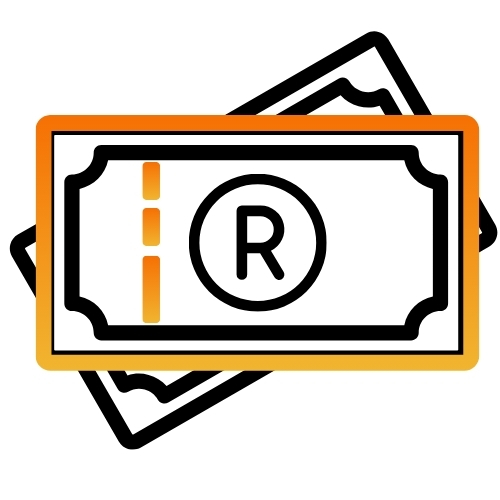
Security Threads
Running vertically through every legitimate South African banknote is a security thread. This shiny, embedded strip might seem straightforward, but it’s a marvel of security design. Depending on the note’s denomination, this thread can appear as a continuous line or even a broken, dashed pattern when viewed from the front. But when held up against light, the thread shows up as a single, unbroken line. This feature is a nightmare for counterfeiters because embedding such a thread into a fake note post-printing is nearly impossible.
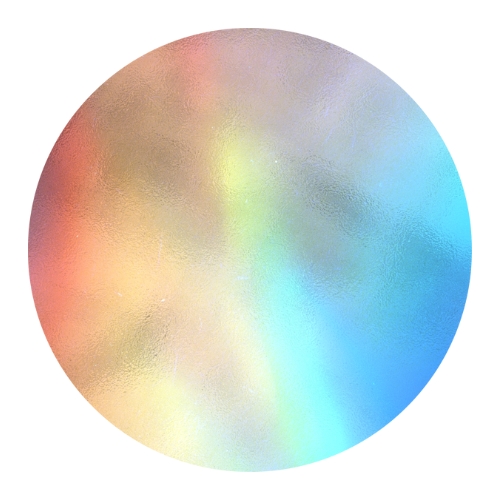
The Holographic Dance
Certain denominations of the Rand incorporate holographic strips or patches. These gleaming additions not only add to the banknote’s aesthetics but also serve as a potent anti-counterfeiting measure. The holographic images, often depicting key South African symbols or figures, change color and appearance when tilted, making them complex and costly to replicate accurately.
The Role of Ultraviolet (UV) Light
A Symphony in UV: Invisible Ink Reveals All
Ever wanted to see the hidden dance of the Rand? Under an ultraviolet (UV) light, South African banknotes burst into a ballet of fluorescent patterns. Genuine banknotes are imprinted with UV ink that remains invisible to the naked eye but shines brilliantly under UV illumination. Counterfeit notes often lack this UV responsiveness or, if they do have it, display incorrect patterns or inconsistent brightness.
UV Features in South African Currency: The Subtle Touches
Apart from the overarching UV patterns, genuine South African banknotes also incorporate finer UV features. These can range from specific fluorescent threads to tiny symbols that light up. Familiarity with these UV nuances is essential, especially for businesses that handle a high volume of cash transactions daily.
Encountering counterfeit money often goes hand-in-hand with loan scams. Discover the steps for reporting loan scams to protect yourself and others.
Micro-printing Techniques
The World in the Details: Understanding Micro-printing
Micro-printing, as the name suggests, is the art of printing minute details onto a banknote. These details, often comprising tiny letters or patterns, are incredibly difficult to discern with the naked eye. But under a magnifying glass, they come to life. Counterfeiters, using standard commercial printing methods, struggle to replicate the clarity and precision of genuine micro-printed features. Often, on a counterfeit note, these details either blur together or are absent.
Genuine vs. Fake: The Micro-printing Distinction
Being able to identify genuine micro-printed features is a potent weapon against counterfeiting. Each denomination of the South African Rand has specific micro-printed elements. By familiarizing oneself with these, whether it’s a series of numbers, letters, or even an emblem, one can quickly ascertain a banknote’s authenticity.
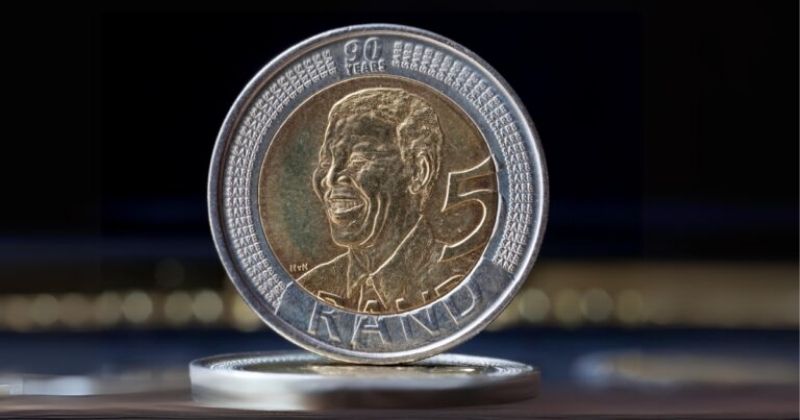
Coin-Specific Features
The Weight and Feel of Authenticity
Coins, by their very nature, are solid and tactile. One of the most straightforward ways to verify a coin’s authenticity is by its weight. Genuine South African coins have specific weights designated for each denomination. A small digital scale can be used to weigh coins and verify their genuineness. Counterfeit coins, though they might look the part, often falter when it comes to the exact weight specifications.
The Sound of Legitimacy: The ‘Ring’ Test
Every coin, when dropped or tapped, produces a distinct sound, often referred to as its “ring”. This sound is a result of the coin’s composition, shape, and size. Genuine South African coins have a specific resonance that can be hard for counterfeiters to mimic accurately. With a bit of practice, one can easily discern the genuine ring of a Rand from a counterfeit’s clink.
Inscriptions and Edge Patterns
A less celebrated but vital feature of South African coins is their edge inscriptions or patterns. For instance, the R5 coin boasts a reeded edge with intermittent smooth sections. These intricacies, though subtle, are tough for counterfeiters to get just right, making them a key point of authentication.
» More: Safeguard against identity theft today!
Digital Tools and Verification Apps
Harnessing Technology to Counteract Counterfeiting
In this digital age, South Africa hasn’t lagged in leveraging technology to protect its currency. Various apps and digital tools have been developed, some even endorsed by the South African Reserve Bank, to assist users in verifying the authenticity of their banknotes and coins. These apps often use image recognition technology, comparing the banknote’s features against genuine templates to deliver a verdict.
The Power of Collaboration: Reporting Suspicious Currency
Many of these digital tools also offer the option to report suspected counterfeit currency directly to the authorities. This not only ensures that the counterfeit doesn’t continue to circulate but also helps authorities gather valuable data to track and shut down counterfeiting operations
The Consequences of Circulating Counterfeit Money
Erosion of Public Trust
Counterfeit currency, if unchecked, can wreak havoc on the public’s trust in the monetary system. When people continually encounter counterfeit notes or coins, doubts creep in about the reliability of the currency in their wallets. Such a lack of confidence can lead to hesitancy in cash transactions, with people turning more towards electronic methods or even barter systems.
Economic Ripple Effects
Beyond the direct loss faced by an individual or business that unknowingly accepts counterfeit money, there are broader economic repercussions. Counterfeit currency can contribute to inflation, as it artificially increases the amount of cash in circulation without a corresponding increase in goods or services. Businesses might hike prices to compensate for perceived risks, leading to higher costs for consumers.
Legal Implications
Unknowingly circulating counterfeit money can lead to serious legal consequences. Even if one receives the money in good faith and unknowingly spends it, there’s a risk of legal scrutiny. Intentionally creating or distributing fake currency is, of course, a more severe crime, with perpetrators facing hefty fines and lengthy prison sentences.
Conclusion
Spotting counterfeit money is not an easy task. It requires a keen eye and attention to detail. However, with the right tools and knowledge, you can protect yourself from falling victim to counterfeiters. Remember to always check the security features of the currency you are handling and be wary of deals that seem too good to be true. Stay vigilant and informed, and you’ll be able to keep your money safe from fraudsters.
About Arcadia Finance
Secure your loan effortlessly with Arcadia Finance. No application fees, and select from 19 trusted lenders, all meeting South Africa’s National Credit Regulator standards.
FAQs
One of the primary security features to check for is the watermark. By holding the banknote up to the light, you should see a clear and distinct watermark of the note’s primary design, such as the iconic image of Nelson Mandela.One of the primary security features to check for is the watermark. By holding the banknote up to the light, you should see a clear and distinct watermark of the note’s primary design, such as the iconic image of Nelson Mandela.
If you suspect you have a counterfeit note, it’s best to approach your nearest police station or bank branch. They will guide you on the necessary steps and ensure the note is further investigated. Remember, circulating counterfeit money, even unknowingly, can have legal consequences, so it’s vital to report suspicious notes.
Possessing counterfeit money, even without the intention of using it, can potentially lead to legal consequences. However, intent is a significant factor. If you unknowingly receive a counterfeit note and take steps to report it rather than spend it, the legal implications will be different than if you were intentionally using or distributing fake currency.
Yes, there are several mobile apps designed to assist in verifying South African banknotes. Some apps use image recognition technology to compare the banknote’s features against genuine templates. Always ensure the app you’re using is reputable, and if in doubt, consult resources from the South African Reserve Bank.
Businesses can organize regular training sessions, and workshops, or even bring in experts for seminars. Utilizing resources and materials provided by the South African Reserve Bank, coupled with hands-on exercises using genuine and counterfeit notes for comparison, can be especially effective. Continual updates and refresher courses are also key, as counterfeiting techniques evolve.
Fast, uncomplicated, and trustworthy loan comparisons
At Arcadia Finance, you can compare loan offers from multiple lenders with no obligation and free of charge. Get a clear overview of your options and choose the best deal for you.
Fill out our form today to easily compare interest rates from 19 banks and find the right loan for you.


